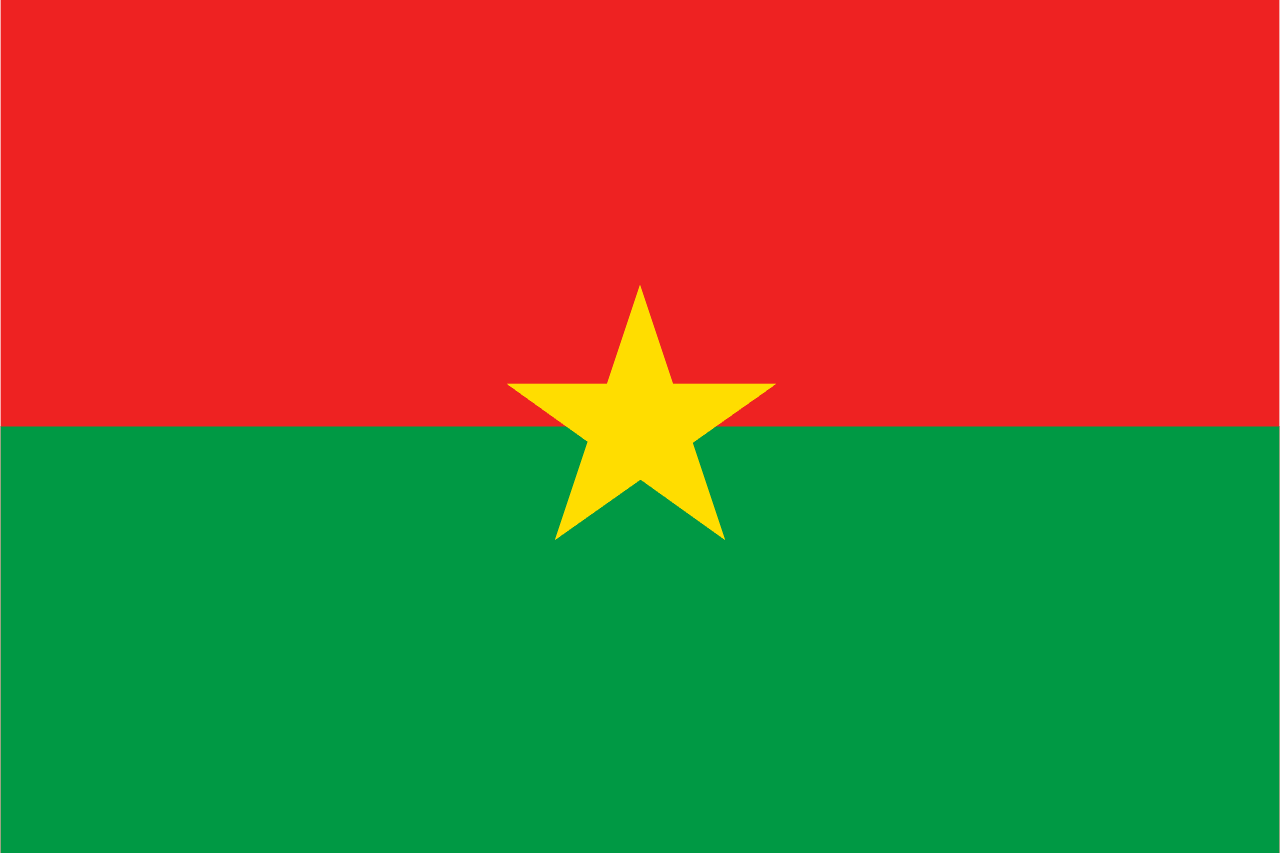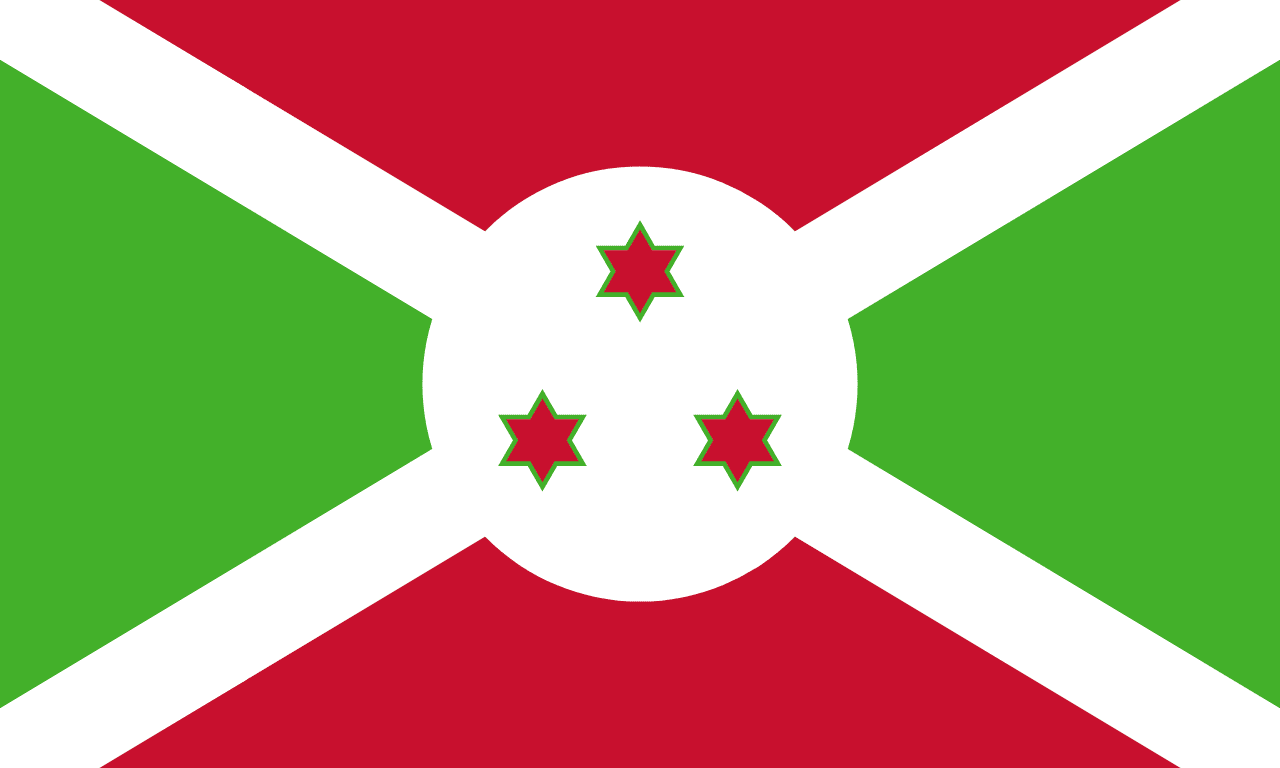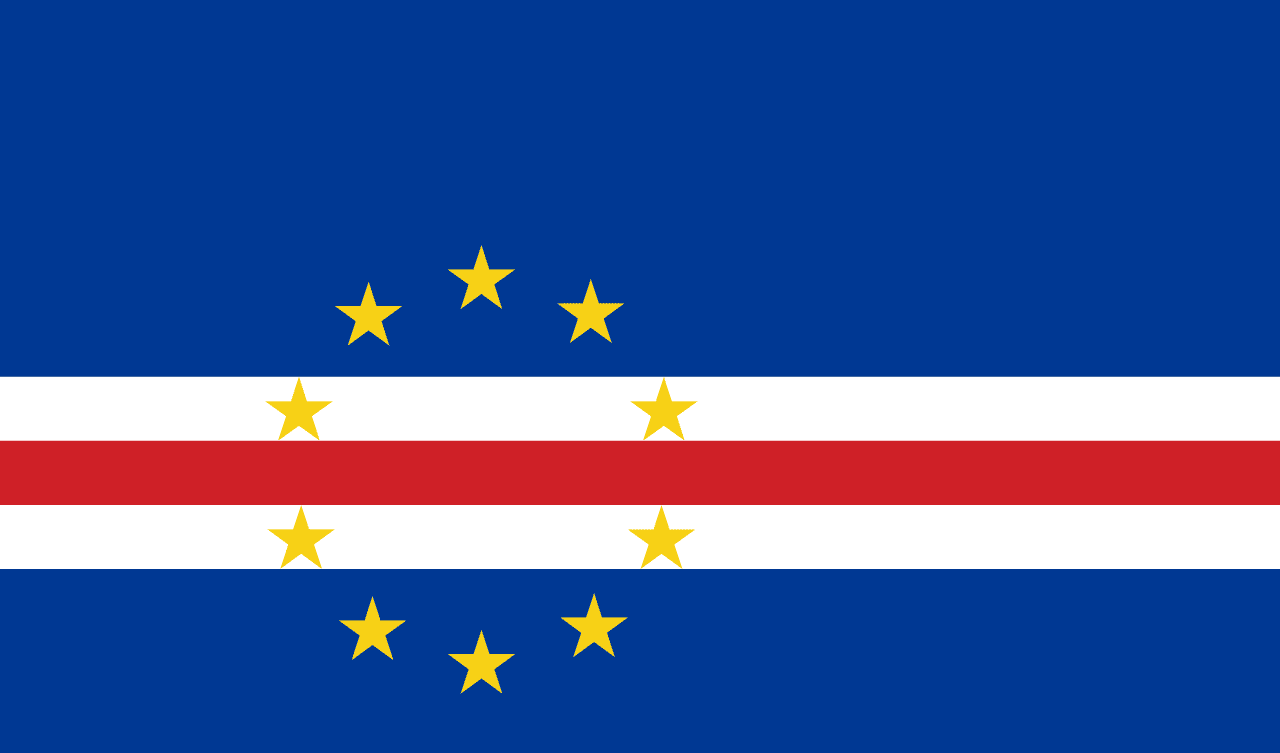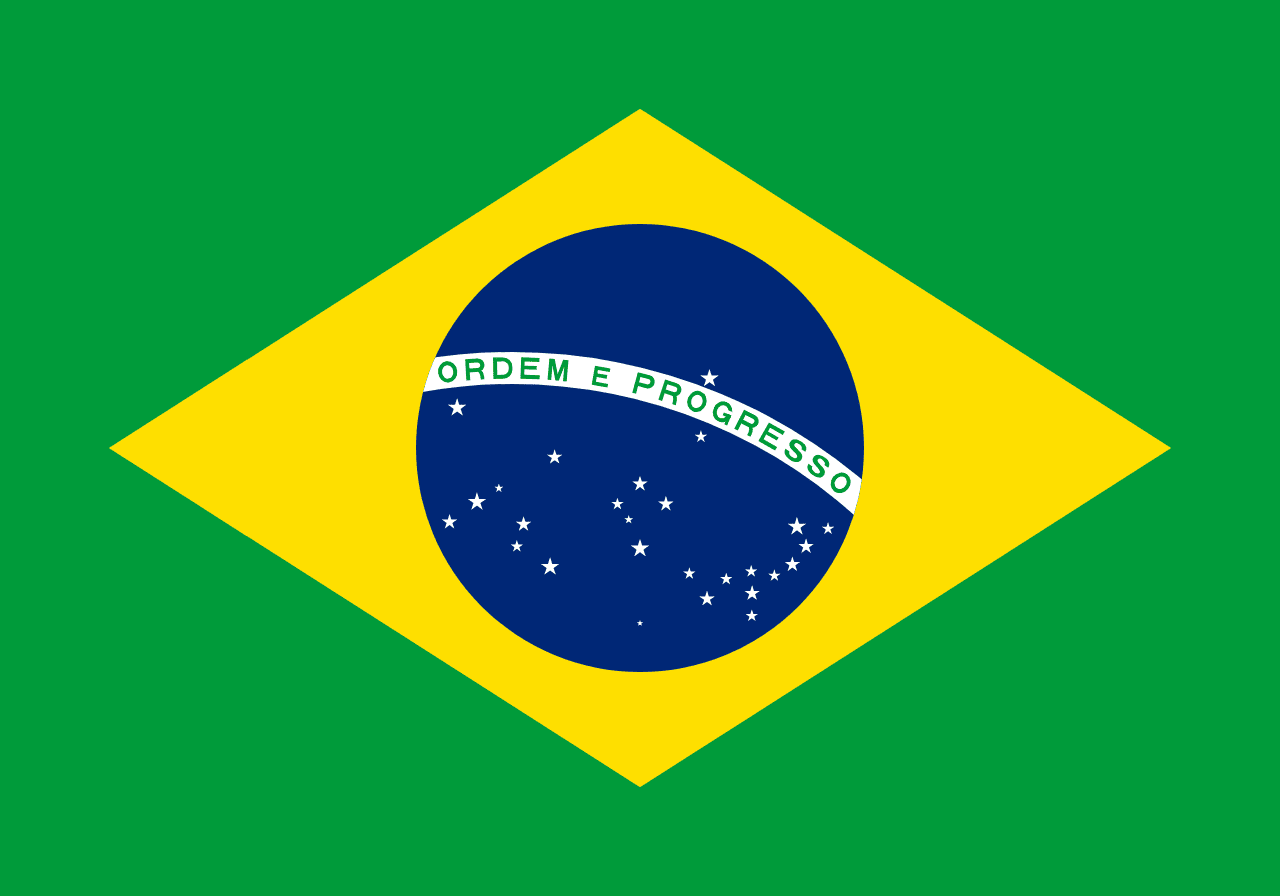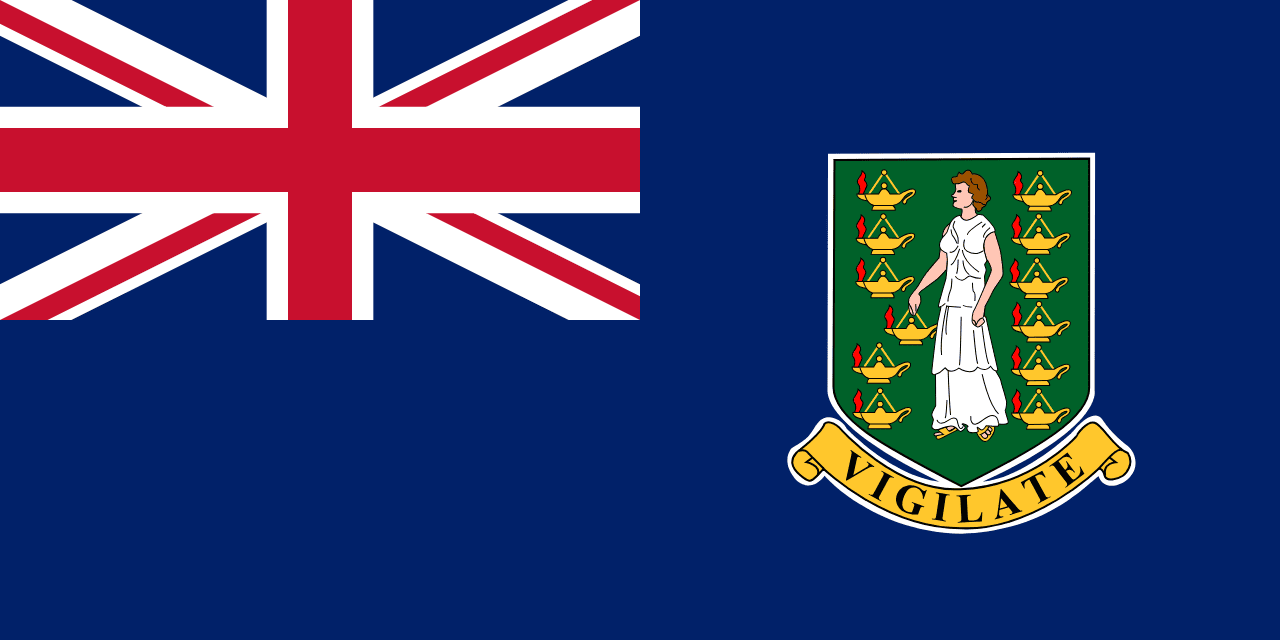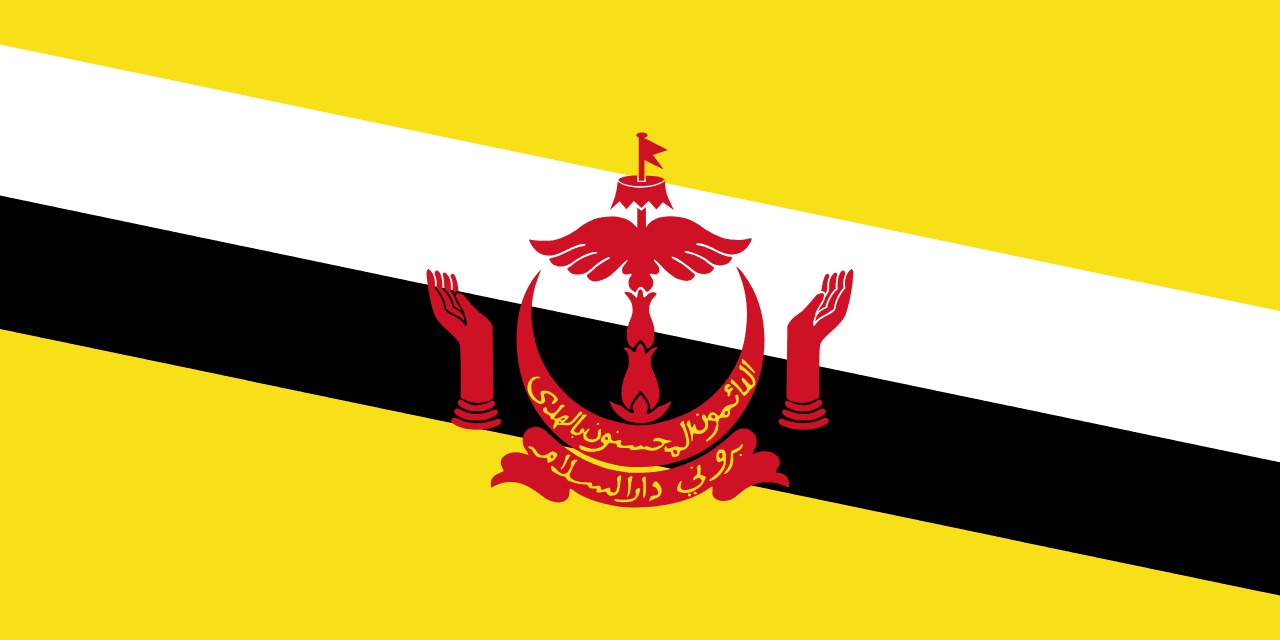The flag of Bulgaria, known as the "Tricolor" (Трибагреник in Bulgarian), is a simple yet powerful symbol of the nation's identity, history, and aspirations. It consists of three equal horizontal stripes: white on top, green in the middle, and red on the bottom.
Bulgaria information
| National Flag Day | April 22 |
| Sovereign state | Yes |
| Official name | Republic of Bulgaria |
| Capital | Sofia |
| Population | 6,924,827 |
| Area | 111,000 km² |
| Currency | Bulgarian lev (BGN) |
| Language | Bulgarian |
| Continent | Europe |
| Region | Balkans |
| Subregion | Southeastern Europe |
| Borders | Romania, Serbia, North Macedonia, Greece, Turkey |
| Timezone | Eastern European Time (EET) UTC+2 |
| Calling code | +359 |
| Top-level domain | .bg |
History of the Bulgarian Flag
 The current design of the Bulgarian flag was officially adopted on April 16, 1879, following Bulgaria's liberation from Ottoman rule. However, its origins can be traced back to the 19th century during the Bulgarian National Revival period.
The tricolor was first used by Bulgarian revolutionary groups fighting for independence from Ottoman rule in the 1860s and 1870s. It was inspired by the Pan-Slavic colors and the Russian flag, reflecting Bulgaria's cultural and historical ties with other Slavic nations.
When Bulgaria gained autonomy from the Ottoman Empire in 1878, the tricolor was adopted as the national flag. It has remained largely unchanged since then, with brief exceptions during the communist era when the state emblem was added to the white stripe. In 1990, after the fall of communism, Bulgaria reverted to the simple tricolor design, symbolizing a return to national traditions and democratic values.
The current design of the Bulgarian flag was officially adopted on April 16, 1879, following Bulgaria's liberation from Ottoman rule. However, its origins can be traced back to the 19th century during the Bulgarian National Revival period.
The tricolor was first used by Bulgarian revolutionary groups fighting for independence from Ottoman rule in the 1860s and 1870s. It was inspired by the Pan-Slavic colors and the Russian flag, reflecting Bulgaria's cultural and historical ties with other Slavic nations.
When Bulgaria gained autonomy from the Ottoman Empire in 1878, the tricolor was adopted as the national flag. It has remained largely unchanged since then, with brief exceptions during the communist era when the state emblem was added to the white stripe. In 1990, after the fall of communism, Bulgaria reverted to the simple tricolor design, symbolizing a return to national traditions and democratic values.
Symbolism and Design of the Bulgarian Flag
The Bulgarian flag's design is simple but rich in symbolism:
- The white stripe represents peace, freedom, and the snow-capped peaks of Bulgaria's mountains.
- The green stripe symbolizes the fertility of the Bulgarian land, the country's rich agriculture, and the lush forests that cover much of the nation.
- The red stripe stands for the bravery and valor of the Bulgarian people, as well as the blood shed in the struggle for national independence.
- They are associated with the traditional Bulgarian virtues of peace, fertility, and courage.
- The arrangement of white, green, and red mirrors the colors of the Bulgarian national costume, connecting the flag to the country's folk traditions.
- The tricolor design aligns Bulgaria with other Slavic nations, reflecting shared cultural and historical ties.
Usage and Significance of the Bulgarian Flag
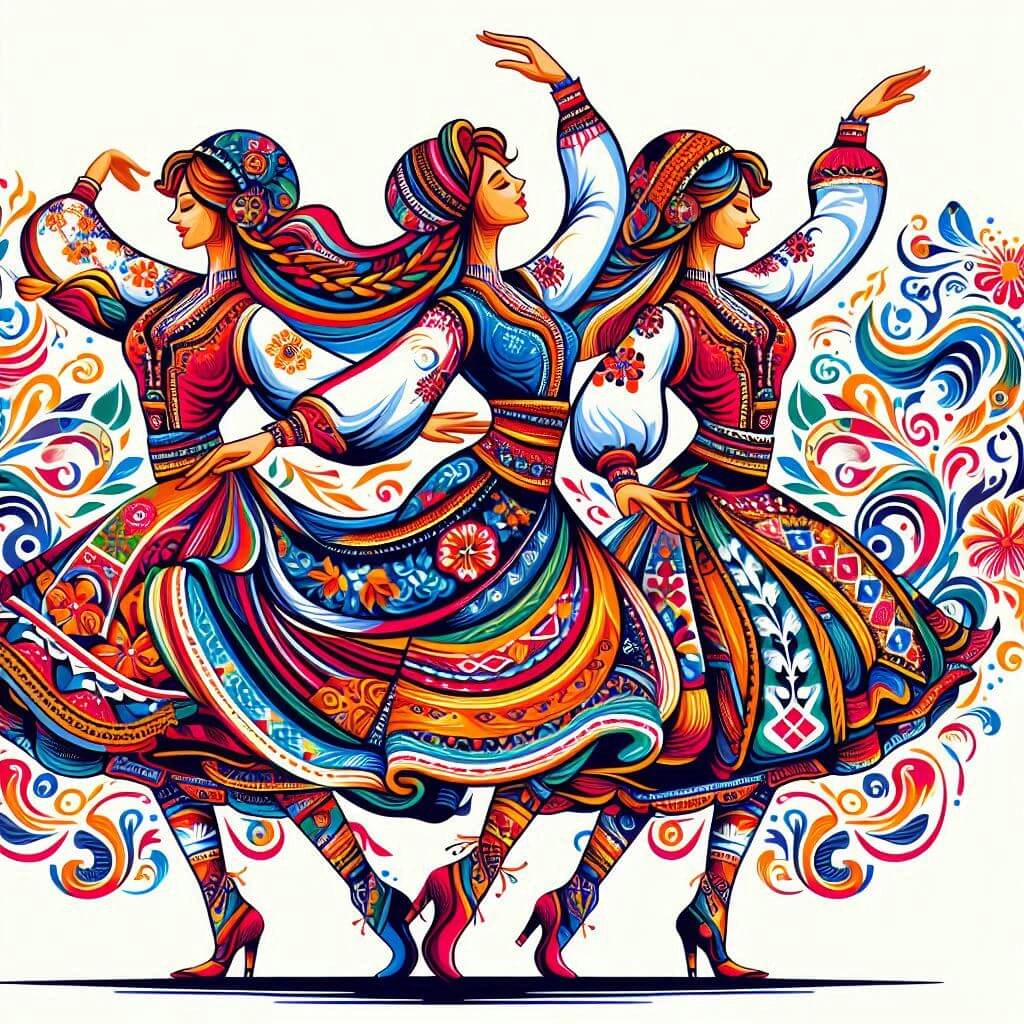 The Bulgarian flag is a powerful symbol of national identity and pride. It is prominently displayed on government buildings, schools, and during national holidays and events celebrating Bulgarian history and culture. Key occasions for flag display include:
The Bulgarian flag is a powerful symbol of national identity and pride. It is prominently displayed on government buildings, schools, and during national holidays and events celebrating Bulgarian history and culture. Key occasions for flag display include:
- Liberation Day (March 3), commemorating Bulgaria's liberation from Ottoman rule
- Independence Day (September 22), marking Bulgaria's declaration of independence from the Ottoman Empire in 1908
- Unification Day (September 6), celebrating the unification of Eastern Rumelia with the Principality of Bulgaria in 1885
Interesting Facts About the Bulgarian Flag
- The Bulgarian flag's design has remained largely unchanged since its adoption in 1879, symbolizing continuity and national unity through various political regimes.
- During the communist era (1946-1990), the state emblem was added to the white stripe of the flag, but was removed after the fall of communism.
- The colors of the Bulgarian flag are featured in various national symbols and cultural traditions, including traditional costumes and folk art.
- The flag's colors are often interpreted in poetry and literature as symbolizing the beauty of Bulgaria's natural landscapes.
- Bulgaria's flag day is celebrated on April 22, commemorating the April Uprising of 1876 against Ottoman rule.
